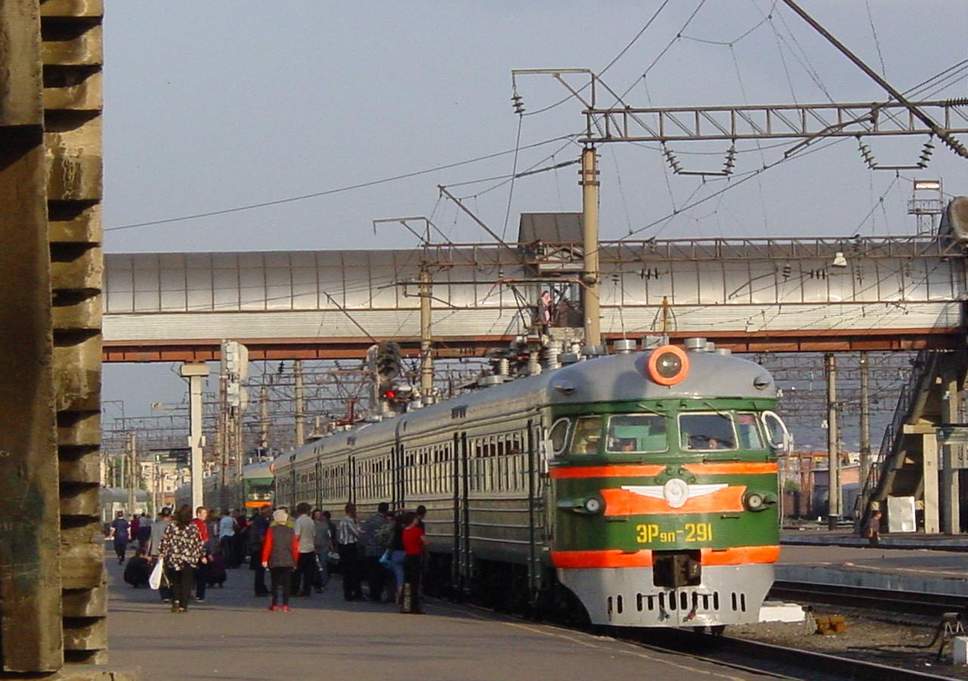The United States might have the world’s largest railway network, but they do not have the longest railway line. The US rail network, has an operating route length of more than 250,000km, making it the biggest in the world. There are 538 railroads, seven of them marked as Class I railroads. China and India own the second and third longest railway network in the world, but they also do not own the longest railway line. That line goes from China to Europe, but it is a transport line. With that in mind, let’s explore the longest railway lines in the world.
The Longest Railway China to Europe
The Yiwu-Madrid railway line is the one that is considered the longest railway line in the world. And it is by a lot. The route taken by container trains from the Chinese city of Yiwu all the way to the Spanish capital of Madrid covers a distance of more than 13,000 kilometers (more than 8,000 miles). Previously, the Trans-Siberian railway was considered the longest, but the China – Europe trumped it.
The difference is the China – Europe is used by long distance freight trains. The Trans-Siberian railway is a passenger railway. The China – Europe railway connects at least 12 Chinese cities and 9 European ones.
![]()
China – Europe railway lines starts in Yiwu, a trading center located 300k south of Shanghai. From there, the track passes through Kazakhstan, Russia, Belarus, Poland, Germany, France, and then finishing in the Spanish capital. China, Poland, and Western Europe have Standard gauge track, while Russia, Belarus, and Kazakhstan use Russian gauge. Spain has wider Iberian gauge. Because of that, trains have to go through Bogie exchange. The whole journey takes 21 days, which is a lot faster than a sea journey, which would take six weeks. Road transport would cause much more pollution than using a train.
The train connection was launched by InterRail group in November 2014. Trains on this line are run by different companies, and they represent a joint venture between the German Deutsche Bahn AG and Russian railways. Most of the goods transported are vehicle parts and computer goods.
The longest passenger carrying railway network
While the China to Europe railway is the longest, it is still a freight train line. The longest passenger carrying line is still the Trans-Siberian railway, which is 9289km long (little more than 5,000 miles). The journey takes 6 days to complete. Reserving a bed in the 2nd class compartment costs about $500 to $550. Taking the trip from Moscow to Vladivostok will cost you $2000 in 3rd class and $350 in 2nd class.
The Trans-Siberian railway line has connected Moscow to Vladivostok since 1916, and it is still being expanded. There are also branch lines into Mongolia, China, and North Korea. Tsar Alexander III and his son personally appointed ministers to build this railway line from 1891 to 1916.
The line spans a record eight time zones. It is the third-longest single continuous service in the world, following the Moscow-Pyongyang and Kiev-Vladivostok. The first and second line follow the Trans-Siberian line for much of their routes.
Moscow to Beijing
Moscow to Beijing is the third longest railway line, and it is 8986km long. Parts of the route go through the Trans-Siberian line, but it is still a different rail line. The older of the two routes that reaches Beijing was completed in the 1900s and is served by one train per week. It takes six nights to reach Beijing, and the train uses Russian first and second class coaches. Both of the routes to the Chinese capital require the bogies under the coaches to be changed at the Russian/Chinese or Mongolian/Chinese border.
The Moscow to Beijing via Mongolia is widely considered one of the most interesting train routes in the world. A lot of tourists go and hitchhike on this train. The train leaves Siberia, and then crosses Mongolia via the Gobi Desert before it enters China. It is a 7621km long route, and it takes six nights to complete. Sadly, there is only one train per week.



